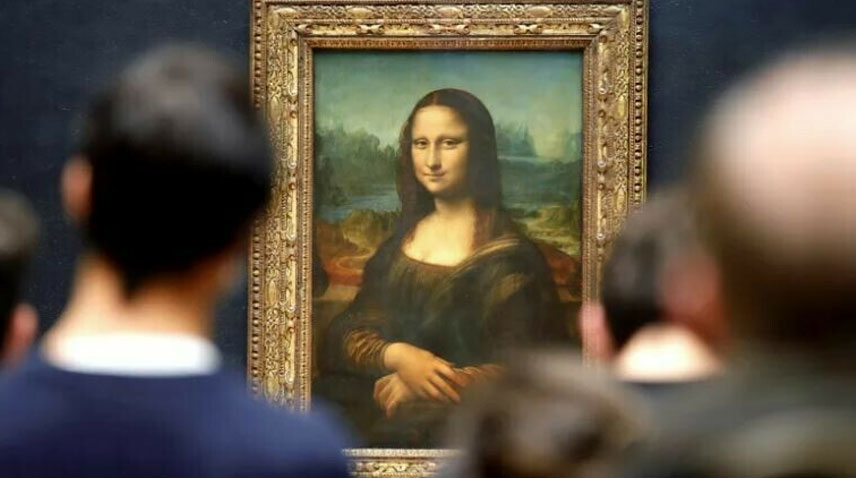
For decades art historians have debated on its landscape, speculating on various locations that could have inspired Leonardo. But only a multitasking intellectual, the geologist and Italian Renaissance scholar, Ann Pizzorusso, actually solved the dilemma.
"When I came to Lecco, I realised he had painted the Mona Lisa here," Pizzorusso said, speaking of the small town on the shores of Como Lake renowned for being the setting of Alessandro Manzoni's masterpiece novel ‘The Betrothed’.

According to the scholar, the arched bridge depicted in the painting would correspond to the 14th-century Ponte Azzone Visconti, even though previous theories had related it to similar viaducts in other Italian cities, such as Arezzo and Bobbio.
"The bridge to me was not the important aspect of painting," Pizzorusso said, as the main point for her was the surrounding landscape. "In the other hypotheses, the geology was just incorrect."
The geologist found that rock formations in Lecco were limestone, which matched the sawtooth figures depicted at the back of the noblewoman.
"When you look at the Mona Lisa, you see this part of the Adda River, and you see another lake behind it, which is perfectly shown underneath these sawtooth mountains," she said from the spot where the scene could have been painted.
The studies resulting in this finding have the potential to be groundbreaking in art history.
Pizzorusso’s research on Leonardo "shows perfectly the extent to which the artist and the scientist came together," said Michael Daley, executive director of ArtWatch UK, a nonprofit organisation monitoring the conservation of artworks.
In Daley’s opinion, there will be little space to upturn the geologist’s findings. "No art historian is qualified to take Ann on in terms of her scientific understanding. The other studies are dead ducks now," he said.
As the scholar solved the enigma on the background, Daley argued the painting might lose "a bit of its mystery. But the gain is that we’re able to understand the nature of Leonardo all the better, and therefore to appreciate more fully what a miracle it is in the Mona Lisa."
Pizzorusso, who feels a special bond with Leonardo, also hopes that her breakthrough will change the public’s approach to the artist. "Maybe people will look at him as not only a painter but as a geologist."




